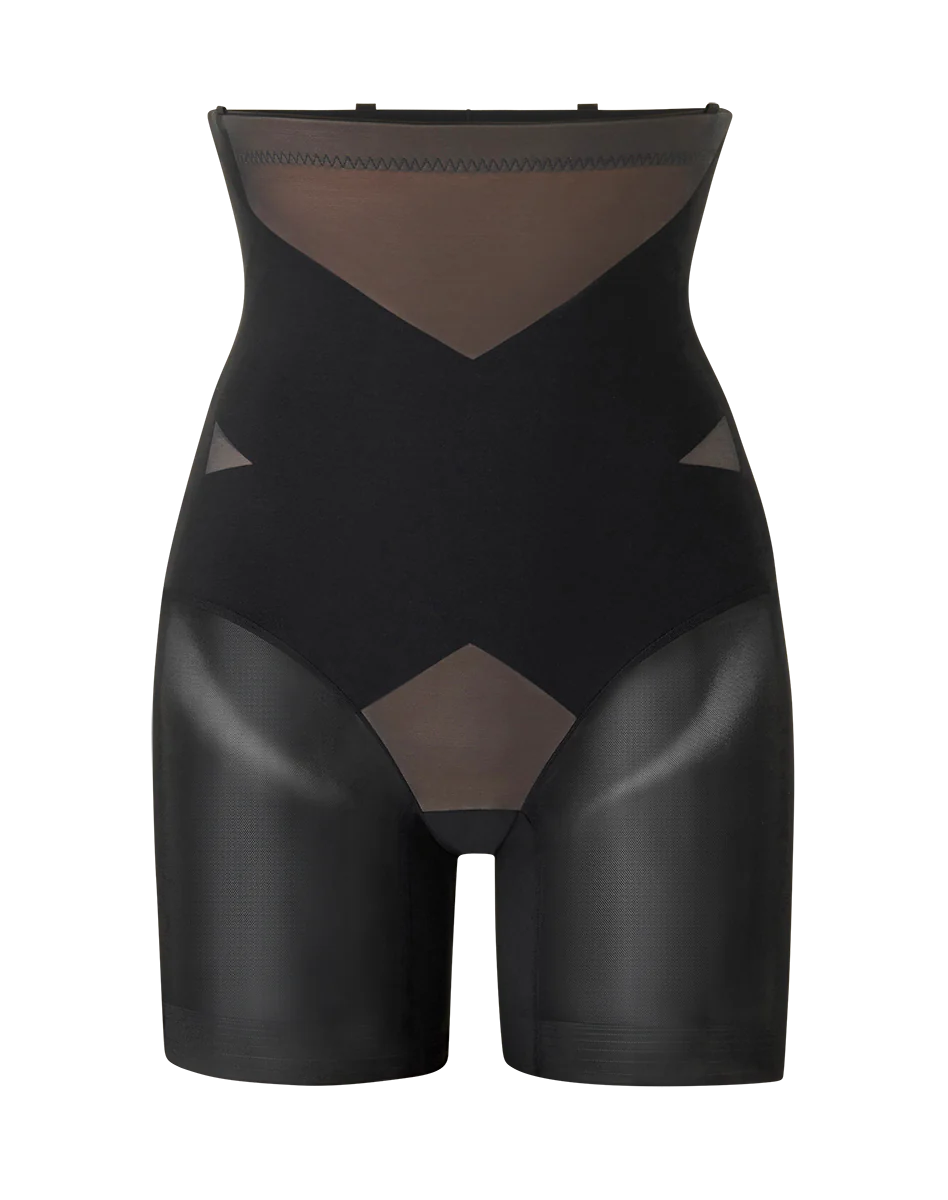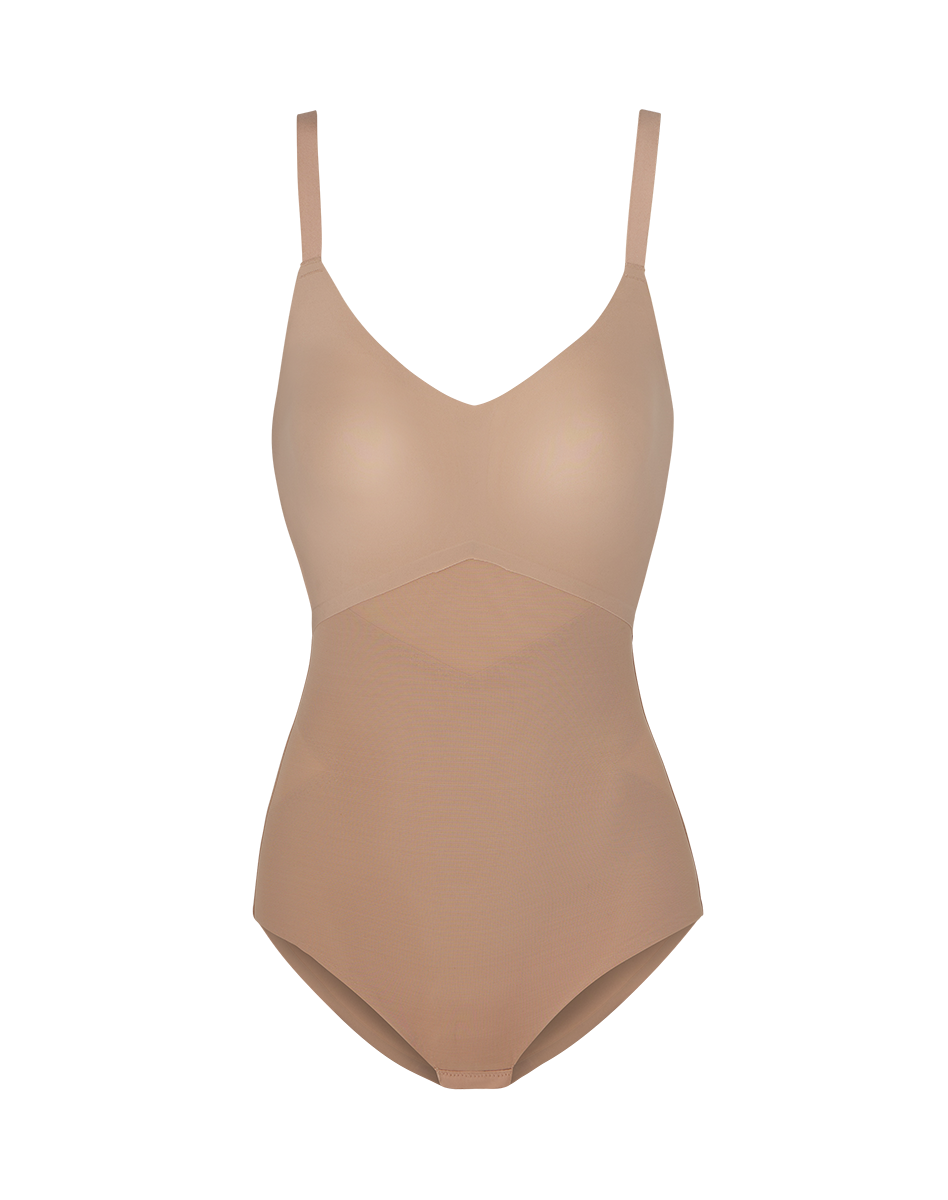
Bra sizes explained
April 1, 2024
Have you always wondered why bra sizes have letters and numbers? Did you know bra designers use different sizing methods for different types of bras? We know bra size can be confusing, so we’re here to break it all down.
The two types of bra sizing we’re diving into are: 1) cup and band sizing, and 2) flex sizing. Usually the type of sizing depends on the style of the bra, but we’ll explain when and why each method is used so you can figure out what will work best for you.
Cup and band sizing
Let’s start with cup and band size, which refers to bras that take a separate band and cup measurement into account: think 32B, 36A, 34D. When you think bra size, this is probably what comes to mind.
The number refers to your band size, which is essentially the circumference of your ribcage. The letter actually refers to the difference in size between your band and bust measurement.
The way you get your cup size is by measuring underneath your bust, measuring the fullest part of your bust, and subtracting the underbust measurement from your overbust measurement. A difference of 1 corresponds to A, a difference of 4 corresponds to D, and so on. Here’s a helpful chart to help you visualize how the number you get matches with a specific letter cup size.

While it’s common for people to over-identify with a certain cup size, the reality is that your cup size is just as much based on your band size as it is your bust size. That means that as your body fluctuates, either monthly or over the course of your life, your cup size can fluctuate too. You may also be different cup sizes from brand to brand as bra sizing can vary across different companies.
Cup and band sizing is meant to be super specific because the materials used don’t have flexibility built in. This means that cup and band size bras are essentially custom fit to your unique body measurements. Bras that use this sizing will be ones with sturdy foam cups, rigid fabrics, and underwire because these design elements won’t flex and stretch with your body.
Bras that often use cup and band sizing:
- T-shirt bras with underwire
- Push-up bras
- Balconette bras
- Minimizer bras
- Strapless bras
If you want to learn how to measure yourself for cup and band sizing, check out our blog post here.
Flex sizing
Flex sizing refers to bras that have built-in features that allow them to flex within one or two sizes. Most commonly, you’ll see flex sizing written out like this: 34B/C. That means the bra can accommodate both a 34B and 34C cup size.
Flex sizing is great because it’s built with flexibility and stretch, meaning it will expand and contract as your body fluctuates. This also greatly increases the comfort of the bra. The result is you get a more flexible fit, which means that this bra will grow and move with you.
Flex size bras typically have features like stretchier fabrics and flexible construction techniques, so this is most common in wireless bras or underwire bras that have stretchy cups without foam padding.
Bras that often use flex sizing:
- Wire-free bras
- Bralettes
- Unlined bras
- Sports bras
If you want more information about flex sizing, check out our blog post here.








